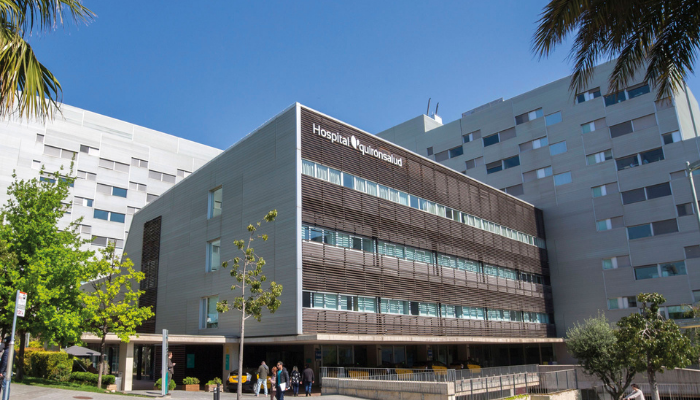Uterine Prolapse treatment in Spain
This is the most common gynecological surgery. In many cases it also requires the removal of the ovaries. There are different procedures for a hysterectomy depending on the patient’s needs.
Consult our doctors for more information in less than 3 hours. This is a common medical procedure which is performed for the treatment of multiple conditions. Find out more now.
Can we help you?
In a few moments, one of our specialists will contact you.







